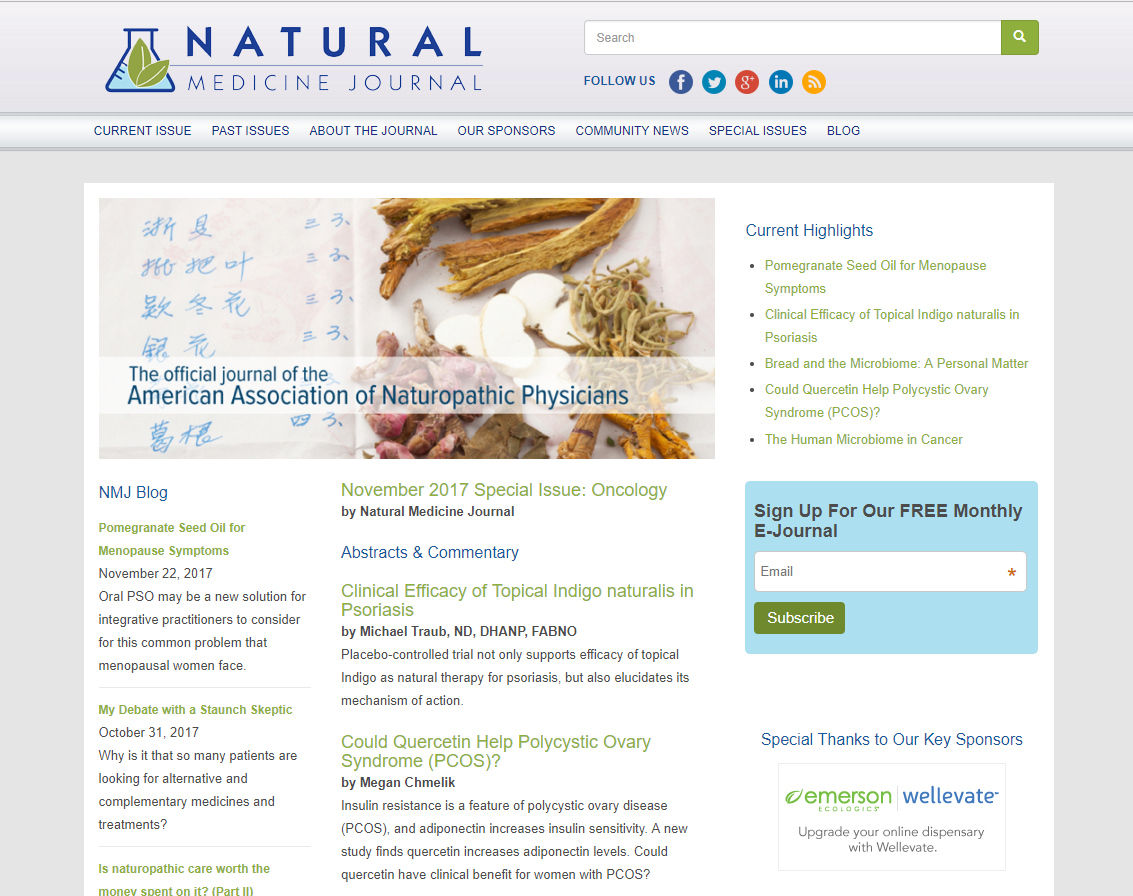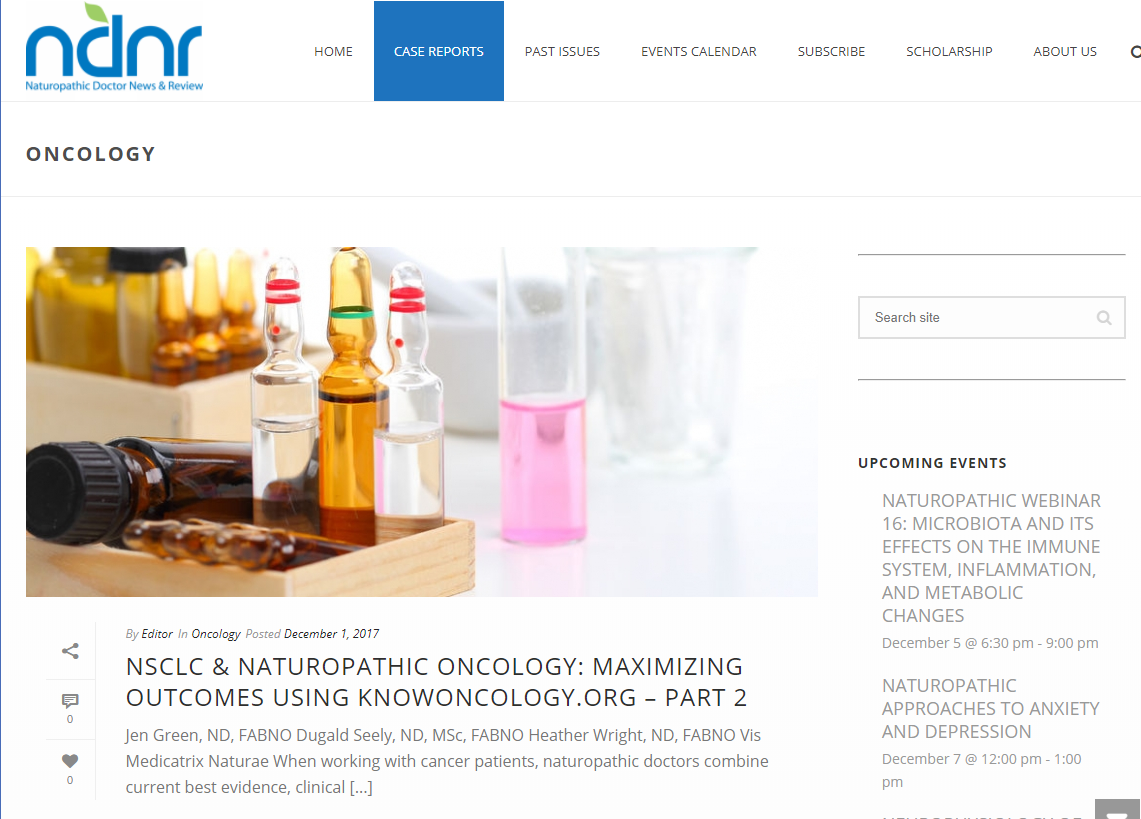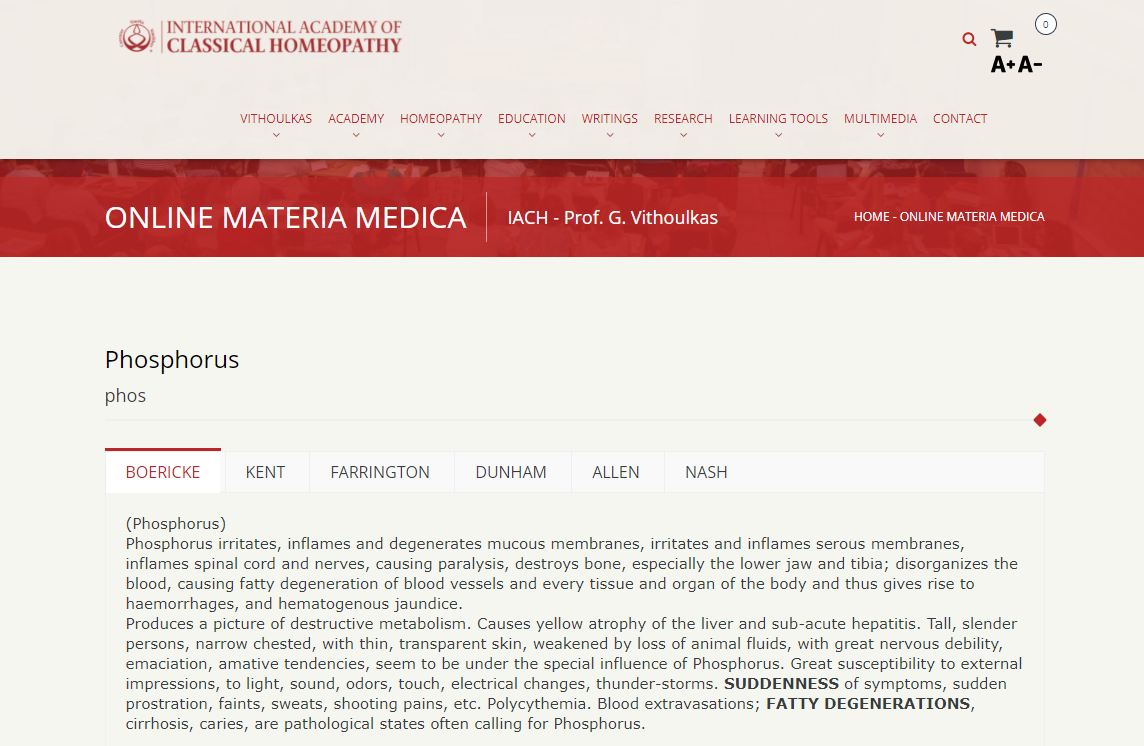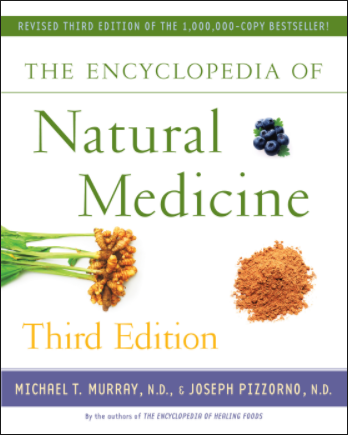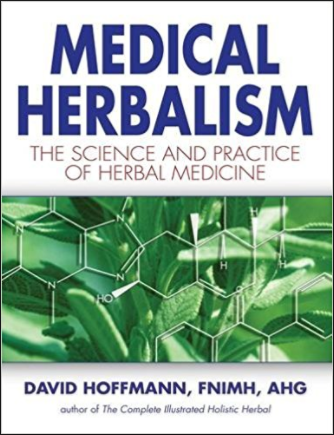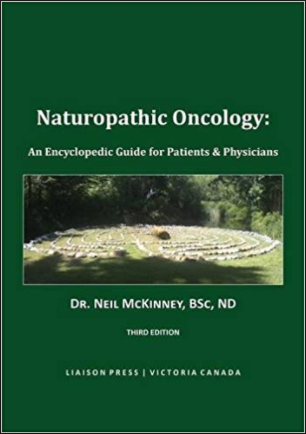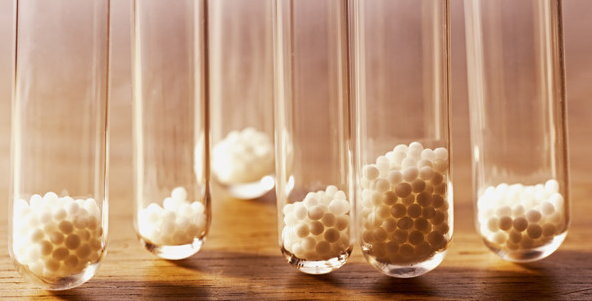
According to an article in the Huffington Post, the two most controversial topics on Wikipedia are “Jesus Christ” and “Homeopathy”. The first subject seems quite obvious, as religion is a well-established topic of debate. However, why would Homeopathy be surrounded by such controversy? In researching and learning about the subject of Homeopathy, it has become clear to me why there is so much debate, and why such extremes of opinions exist. In this post, I’d like to discuss both sides of this debate and share my own thoughts on the topic.
What is Homeopathy?
To start with, it is useful to first understand what Homeopathy really is. Most people I speak to make no differentiation between Homeopathy, Naturopathy or Herbal Medicine. To introduce the concept, here is how the British Homeopathic Association defines Homeopathy:
Homeopathy is a natural form of medicine used by over 200 million people worldwide to treat both acute and chronic conditions. It is based on the principle of ‘like cures like’. In other words, a substance taken in small amounts will cure the same symptoms it causes if taken in large amounts.
Notice two key characteristics here: firstly, the principle of ‘like cures like‘, and secondly, that substances are taken in small amounts. Let us first consider this idea of “like cures like”.
Like Cures Like
In conventional medicine, if your blood pressure is too high, then some chemical substance which lowers blood pressure will be given. If you are having an allergic reaction, then a substance which prevents the allergic reaction from happening is given. Here, it is clear that balance is sought through administering substances which provoke a physiological response opposite to the physiological pathology. In Homeopathy, however, substances which could cause the symptoms being treated are used as the treatment itself.

Atropa belladonna
Take, for example, a person who has a terribly high fever, which is causing hallucinations accompanied by congestion and throbbing pain. To treat this, a homoeopath might select Atropa belladonna, also known as Belladonna or Deadly Nightshade. For those unfamiliar with this plant, it is considered to be one of the most toxic plants in the eastern hemisphere. Belladonna poisoning produces hallucinations, flushing, dry mouth, headache and tachycardia. [1] Essentially, the effects of the plant mimic the symptoms experienced by the patient, and for this reason, the plant is chosen as a remedy.
Because this concept is so counterintuitive to those with a Western mindset it has become one of the main focuses of criticism by sceptics. To them, and indeed to most who come across this concept for the first time, this idea seems completely ludicrous. Their argument is that ‘like’ cannot cure ‘like’ just as you cannot put out a fire by using more fire, or warm up a cold drink by adding ice. With such an argument, it seems only logical that giving such a treatment would only exacerbate the symptoms further, and potentially kill the patient.
This idea becomes slightly less ridiculous when one thinks about how modern medicine treats cancer. Many of the treatments (chemo and radiation therapy) actually cause cancer themselves, and yet are used kill cancerous cells. Think also of how vaccinations work. The vaccine is created from the virus itself. In an analogous manner, it is argued by some Homeopaths that the medicine which provokes similar symptoms stimulates the responses of the organism, enabling it to respond to the disease. [2]
Most Homeopaths with a more classical training and background would actually argue that the framework of conventional western medicine does not allow for fully understanding the concept of ‘like cures like’. Their view is that homoeopathy treats the individual and not the disease (as conventional medicine does), and this operates on the energies of the person. [3] Now, whilst I like to keep an open mind, I also like to base my opinions on evidence. After all, without evidence, almost anything could be argued and believed. Having said that, while it is a scientific fact that there are various energy fields surrounding the body [4], there is (not to my knowledge) any research showing that homeopathic remedies affect these biofields. Thus, in my mind, this cannot be used as a rational argument.
Small Doses

The concept of ‘like cures like’ can be further understood once we understand the way in which the homeopathic medicine is prepared. This is done through an iterative process of dilution and succussion. Put simply, the plant used for the remedy (for example, Belladonna) is made into a tincture. One drop is then taken and diluted into a bottle of water and shaken vigorously. Then one drop of that diluted substance is taken and diluted into a new bottle of water and shaken vigorously. This process is repeated numerous times. Homeopaths argue that each dilution, whilst making the solution weaker, increases the potency of the effect. [3]
Once again, this idea of more diluted = more potent is quite counterintuitive and seems completely illogical to most people in the western world. Surely the less there is of a substance, the less effect it has on the human body?
To understand this from a conventional medicine perspective, consider that it is known that certain compounds have very different effects at different doses. Take Thyroid hormones as an example. In the book “Thyroid Hormones: Biosynthesis, Physiological Effects, and Mechanisms of Action” by Y. K. Turakulov (1972), an interesting biochemical phenomenon is described:
“Large doses of the hormone act on cell structures on which it does not act in much smaller concentrations… The effect of large doses can be reduced to direct action on structures which, under normal, physiological conditions, do not react to thyroid hormones.” (pg 268)
Here we see the precedent for a novel action of a compound when given in a different dose. If one were to take large doses of various hormones, they would not interact with the same structures as does the microscopic quantities found in the blood. This could be compared to the action of the microscopic quantities of the original tinctures left remaining in the final homeopathic remedy.
Avogadro’s Constant
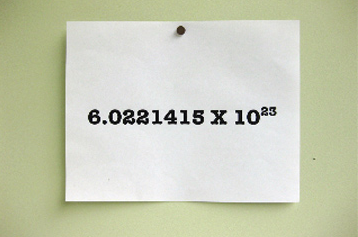
This theory is discredited by critics, however, as the chemical principle of Avogadro’s Constant is then used to argue that there cannot possibly be even a single molecule left of the original substance. Avogadro’s Constant defines the limit to which a substance can be diluted where the original substance is lost altogether. This limit is 6.023 x 10^23, corresponding to the homeopathic potencies of 12C or 24X (1 part in 1024).
This might seem like a fatal blow for Homeopathy. After all, this is a well-established law of nature. How could anyone possibly argue with that? Well, it turns out that you cannot simply apply this neat and tidy mathematical rule to the physical practice of creating homeopathic medicine. Recent research in the field of material science has shed some new light on what is going on.
Nanomedicine

In their 2010 research paper entitled “Extreme homeopathic dilutions retain starting materials: A nanoparticulate perspective“, Chikramane et al. go on to explain that each time the dilution undergoes succussion (referred to as potentiation), cavitation causes vapour bubbles to occur, trapping particles. The authors go on to state:
“The confirmed presence of these crystalline species of starting materials or those derived from them despite the ultra-high dilutions, such as 30c and 200c was astounding, proving that the starting materials were retained even with extremely high dilutions.”
Similar findings were presented in a 2012 paper by R. Bell and M. Koithan [5] who note measurable “silica nano-particles heterogeneously dispersed in a colloidal suspension”. They point out that the quantities of these nanoparticles resemble the quantities of hormones found in our blood, which we previously stated were necessary to be at those high dilutions in order to act on specific biological structures.
A 2011 paper entitled “Homeopathy emerging as nanomedicine” by Upadhaya and Nayak concluded that:
“During the violent strokes involved in potentization, information arising from the serially diluted starting-substance might be encrypted by epitaxy on silicon-rich crystalline nanoparticles present in the resulting homeopathic medicine. The ‘size’ of the information encrypted on nanoparticles might vary together with the degree of dilution. As homeopathic medicines exhibit healing effects, these nanoparticles along with the interfacial water on their surface might carry this information – which biological systems are able to identify – to the target. As various forms of silica are known to interact with proteins and cells of the immune system, homeopathy might represent a nanomedicine system. Possible confirmation, however, requires further research in materials and interfacial water.”
From research such as this, it seems that there is a plausible, scientific basis for a mechanism of action of Homeopathic remedies. However, I am still quite sceptical of the deeply esoteric explanations offered by Classical Homeopathy.
Confusing Clinical Trials
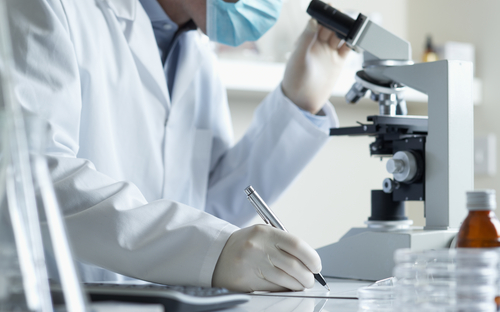
When one tries to search for studies or clinical research done on the effectiveness of homeopathic remedies, many conflicting research can be found. Some research indicates that homeopathic remedies have the same effect as a placebo, whilst others show statistically significant results. How can this be?
To answer this question, one must first understand how Homeopaths find the “cure” (referred to as the simillimum). The Homeopath takes time to compile a detailed profile of the patient, symptoms, psychological attributes, and cases in which symptoms are better or worse. This is then matched to a remedy profile in a Materia Medica. This process is obviously quite personalised to the patient, and not at all resembles the relatively reductionist method of conventional medicine to match a disease to a drug. Because of this level of personalisation applied to treatment, the standard model of double-blind, placebo-controlled clinical research does not work, which results in non-“gold standard” research being conducted. This research is then classified by others in the medical world as low quality and discarded when performing meta analyses, and other such reviews of the literature.
My Conclusions
Although I used to quickly manifest a derogatory scoff at the thought of Homeopathy, I have come to develop an appreciation for this novel medical paradigm. Whilst I still cannot completely comprehend how it could possibly work, I have seen many examples of homeopathic remedies work for close friends and family (my wife included). There is a growing body of research providing compelling evidence for a possible mechanism of action. However, this is sharply contrasted by the rather bizarre and often irregular methods of arriving at a cure for a particular patient. In the end, I can’t help but imagine that there is something very real happening when one sucks on a homeopathic dilution sprayed onto some sugar balls that allows my wife to sleep at night. After all, many millions of people around the world make use of Homeopathy; many using it as primary care. If it was simply placebo sugar pills, could such a system of medicine have possibly become so successful?
References
[1] Wikipedia: Belladonna
[2] Sense about Homeopathy
[3] Classical Homeopathy
[4] Biofield Science and Healing: History, Terminology, and Concepts
[5] Bell, R., Koithan, M. (2012). “A model for homeopathic remedy effects: low dose nanoparticles, allostatic cross-adaptation, and time-dependent sensitization in a complex adaptive system“.


